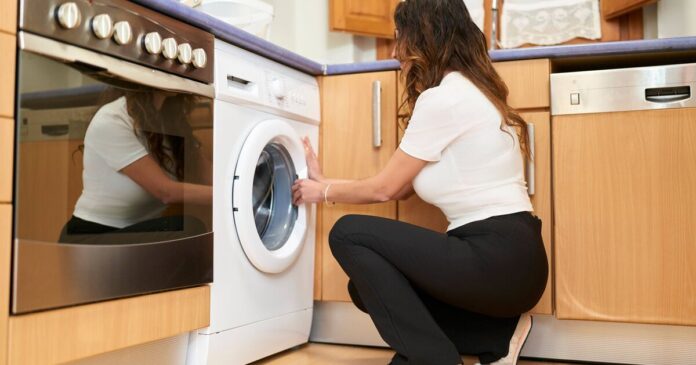
Millions of UK households could be unknowingly setting themselves up for an electrical fire by using extension leads for high-powered appliances. Despite their convenience, experts warn that misuse of extension leads with certain devices can pose a serious fire risk.
Jamie Burns, an energy efficiency expert from reliability firm Ailsa, has highlighted the top three household items that should never be plugged into an extension lead due to the potential for dangerous outcomes.
Jamie explained: “The reason for not plugging some items into an extension lead is that each lead is rated to a maximum current and having high energy/current usage equipment plugged in could amount to the lead operating out with its design characteristics, which in turn could lead to overheating and in some severe cases catching fire.”
According to Jamie, three household items that should never be plugged into an extension lead include:
Microwaves: “These pull a lot of current to operate, even with short usage.”
Fridge-freezers: “As these are continually powered on and pulling current there is a risk of overheating an extension cable.”
Washing machines: “These draw a large amount of current during operation.”
Other examples include kettles, toasters, dishwashers, tumble dryers and portable electric heaters.
Jamie warned: “These all draw a high current for periods and can be dangerous if plugged into an extension . For anyone who is unsure if an item of electrical equipment can be plugged into an extension lead, our advice would be to check what the current of the electrical item is and then check this against the safe operating parameters for the extension lead, if these are close to each other, don’t use it.
“Another key point is that extension leads are made to be a temporary solution, not a full-time fix, so if you are going to use one then just use it for the task at hand and then remove when finished. If there is a long-term use, get a qualified electrician to hardwire a power source close to the equipment for long-term safe usage.
“These facts are not widely known and sharing this information across as many people as possible will hopefully build up learning of this topic and reduce risk of fire across people’s homes.”





















